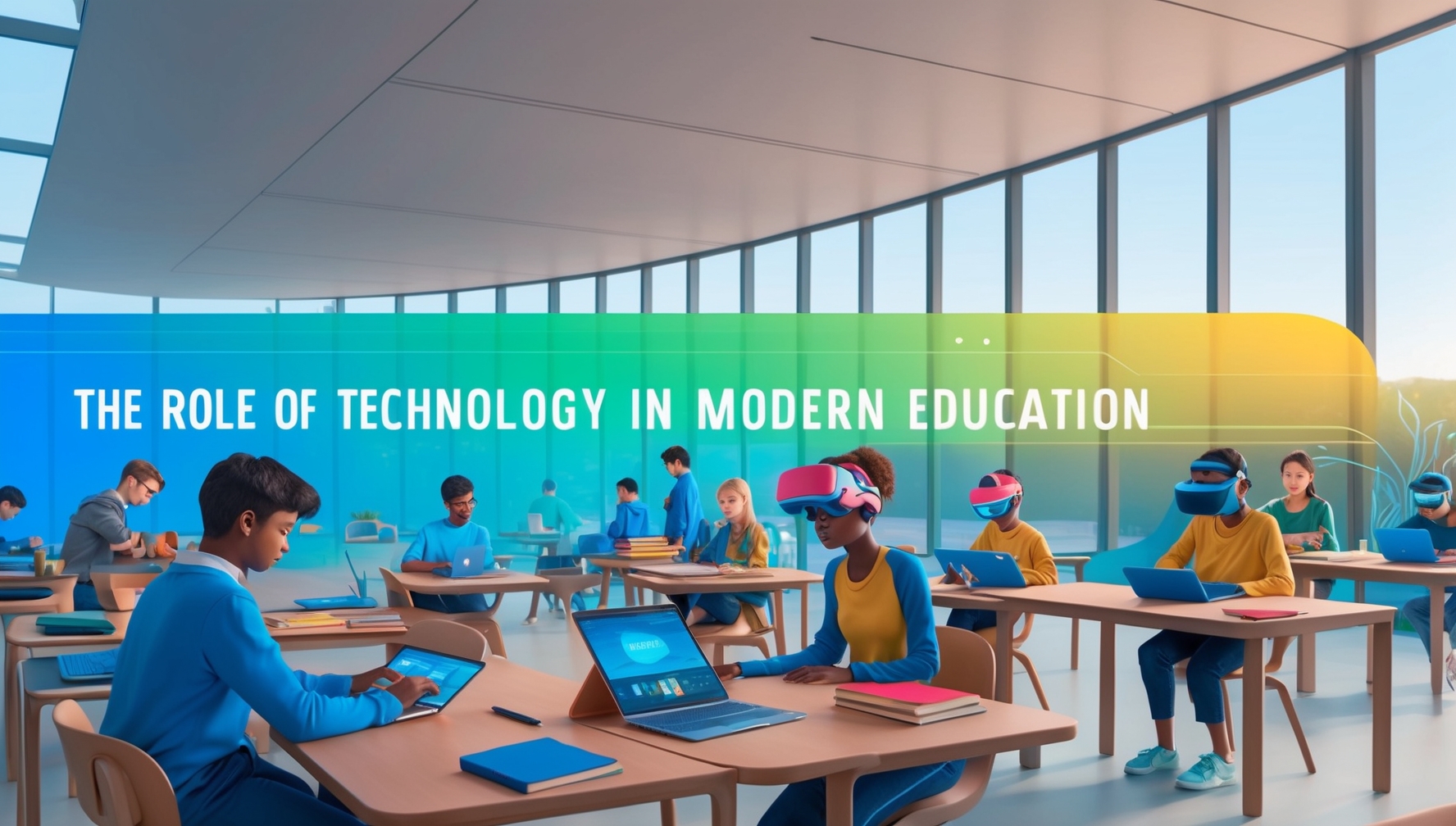Technology has fundamentally transformed the landscape of education, enhancing the way students learn and teachers instruct. In today’s digital age, the integration of technology in educational settings is not just beneficial but essential for fostering an engaging and effective learning environment. This article explores the various ways technology impacts modern education and the benefits it brings to students and educators alike.
1. Personalized Learning Experiences
One of the most significant advantages of technology in education is the ability to personalize learning. With the use of adaptive learning technologies, educators can tailor lessons to meet the unique needs of each student. This customization allows students to learn at their own pace, focusing on areas where they need improvement while advancing through topics they grasp quickly. Online platforms like Coursera and edX offer a wide range of courses that cater to different learning styles and preferences, enabling students to take control of their educational journeys. This approach not only benefits students during their formal education but also instills a mindset of lifelong learning, encouraging them to continue acquiring knowledge and skills throughout their lives.
2. Enhanced Engagement and Interactivity
Technology has made learning more interactive and engaging. Traditional methods of teaching, such as lectures, are being supplemented or replaced by digital tools that encourage participation. Interactive whiteboards, educational apps, and gamified learning experiences make lessons more dynamic and enjoyable. For instance, platforms like Kahoot! allow teachers to create quizzes that students can participate in using their smartphones, turning assessments into fun activities that enhance retention and understanding.
3. Improved Collaboration and Communication
Modern education technology facilitates collaboration among students and between students and teachers. Tools like Google Classroom, Microsoft Teams, and Zoom enable real-time communication and collaboration, helping students develop effective communication skills essential for their future careers. This connectivity fosters teamwork and allows students to share ideas and resources easily. Additionally, online discussion forums and chat rooms provide platforms for students to engage in meaningful conversations about course material, further enriching their learning experience.
4. Access to a Wealth of Resources
The internet has opened up a vast array of educational resources that were previously inaccessible to many students. From academic articles and online libraries to educational videos and interactive simulations, students can now access a wealth of information at their fingertips. This abundance of resources encourages self-directed learning and empowers students to explore topics that interest them beyond the confines of their curriculum.
5. Data-Driven Insights
Technology enables educators to collect and analyze data on student performance and learning patterns. Tools that utilize big data analytics can identify students who may be struggling and provide insights into their learning behaviors. For example, platforms like Blackboard Predict use data to alert teachers about students at risk of falling behind, allowing for timely interventions and support. This data-driven approach enhances the ability to tailor instruction and improve educational outcomes.
6. Flexibility and Accessibility
Technology has made education more flexible and accessible. Online learning platforms allow students to attend classes and complete assignments from anywhere, making education reachable for those in remote or underserved areas. This flexibility is especially beneficial for adult learners or those balancing work and family commitments, as they can study at their own pace and on their own schedule.
7. Overcoming Challenges
Despite the numerous benefits, integrating technology in education also presents challenges. Issues such as the digital divide, where not all students have equal access to technology and reliable internet, can create disparities in learning opportunities. Additionally, the potential for distractions in a technology-rich environment necessitates effective classroom management strategies to keep students focused on their studies.
Conclusion
The role of technology in modern education is transformative, offering personalized learning experiences, enhancing engagement, and improving collaboration. As educational institutions continue to embrace technological advancements, it is essential to address the challenges that accompany this integration to ensure equitable access and effective use of digital tools. By harnessing the power of technology, we can create a more inclusive, engaging, and effective educational landscape that prepares students for success in the digital age.
